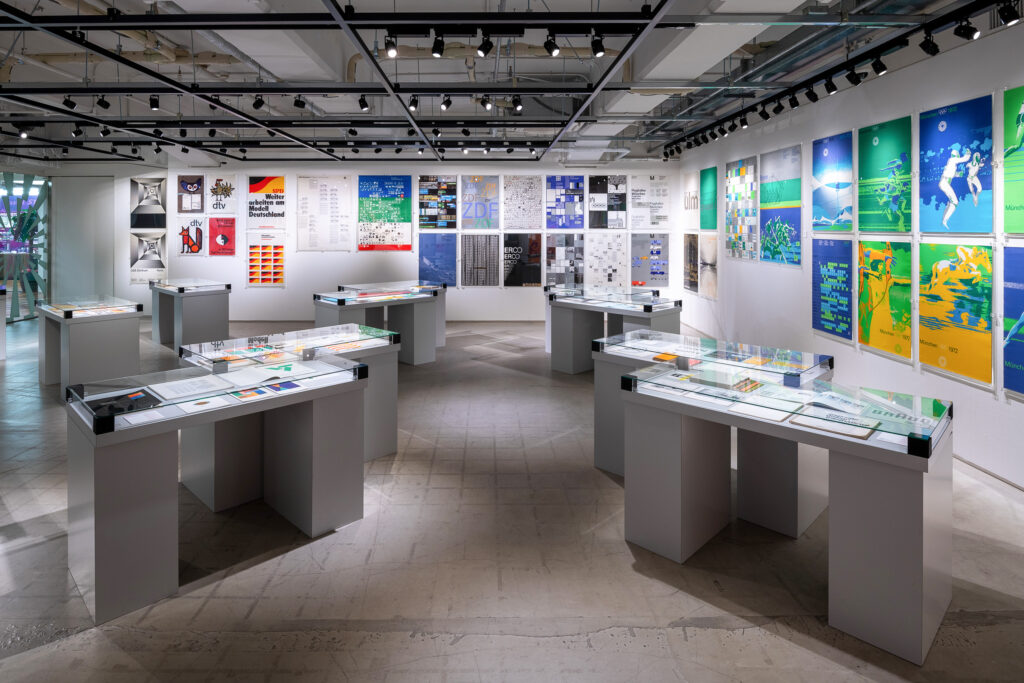Exhibitions

Identity Systems Germany
Rebranding West Germany after 1945
October 24, 2024 — January 13, 2025
kyoto ddd gallery
At the beginning of the 20th century, designers in Germany such as Peter Behrens created some of the world’s first examples of what later came to be known as corporate design. Later, the Bauhaus also incorporated systematic design solutions into its teachings. A few years after the end of World War II, West Germany followed up on the pioneering design principles of its past. The influential design school HfG Ulm and a number of young graphic designers shaped a new understanding of system design in the early 1960s. Visual identities for the airline Lufthansa, the 1972 Munich Olympics and for many other companies, institutions and events were created. The economically prosperous country, which had returned to democracy, showed its transformed image with systematically developed design solutions that visually shaped everyday life.
The exhibition presents the works owned by the A5 Collection Düsseldorf, including selected posters documenting the corporate design projects and showing the use of visual identities. Further exhibits on the subject are the rare design manuals in which the original concepts were manifested. Unique original documents, including concept drawings and print samples, demonstrate the high quality of the handcrafted design work.
Featured designers:
Otl Aicher, Anton Stankowski, Helmut Schmid, Celestino Piatti, Rolf Müller, Wolfgang Schmittel, Helfried Hagenberg, Herbert W. Kapitzki, Wolfgang Schmidt, Peter Behrens, and others